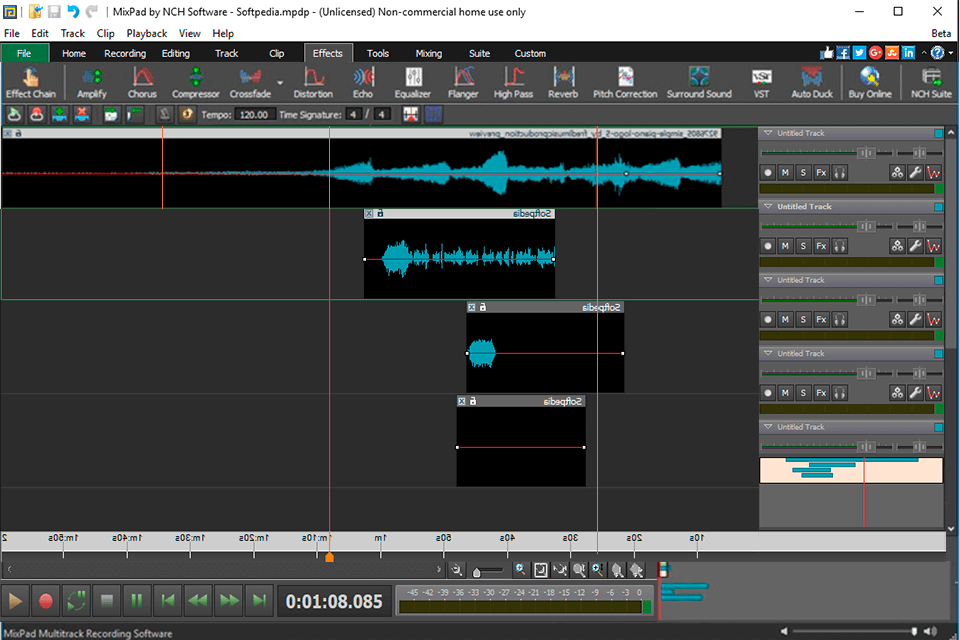

Portable or wearable mixers used in the field by videographers may allow only 2 or 4 inputs, while 32- and 48-channel mixers are larger consoles that need to be transported from place to place in a vehicle or kept in a recording studio. Generally, the more inputs the sound mixer has, the larger it is.If your mixer has subgroup channels, you can group the microphones assigned to a complex instrument such as a drum set into 1 or 2 subgroups, mix them separately, then control the drum mix in the overall volume using only 1 or 2 sliders.Some instruments, such as drum sets, may need separate microphone inputs for each component. While 2 trumpets can be recorded from a single microphone input in a pinch, a trumpet and a violin should be recorded on separate audio inputs so their sounds can be properly balanced. Each type of musical instrument should be assigned its own input.In most cases, it is common to set the slide switch to DRY CH 1-2 to record the dry mix, and then make edits and other audio adjustments in the DAW software. Use this setting when you want to record the audio signal with COMP/EQ and/or EFFECT turned on. Suppose your band relies on having a steady tempo throughout the performance. You can set up a quick monitor mix for each band member and even introduce backing tracks where needed.

These mixers feature switches to toggle between mike and line inputs. INPUT MIX: Records a mix of the overall audio from the mixer. The last common way mixers are used with audio interfaces is for live sound.

Read on to see what kind of audio mixer can take your sonic masterpieces to the next level.
COMMON SOUND MIXER SOFTWARE UPGRADE
If you need to purchase your first audio mixer or upgrade an existing one, this guide will help you identify and understand the important features you may need.


 0 kommentar(er)
0 kommentar(er)
